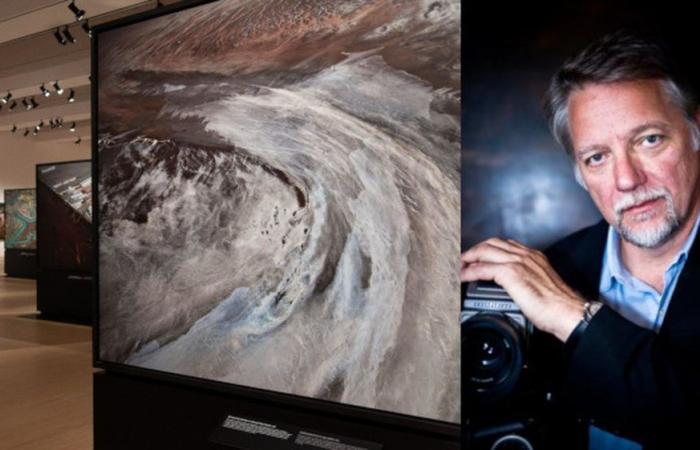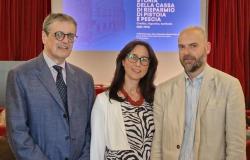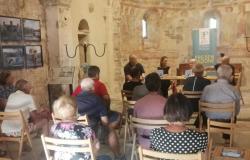
MESTRE – Unknown corners of the earth, often peripheral. Images from above that testify to the decisive action of man carried out even beyond the twentieth century. With a breathtaking look, between the contrast of colors, on our daily life.
At the center of this extraordinary project is the camera of Edward Burtynsky, the famous Canadian photographer who brought his unmissable exhibition entitled “Burtynsky: Extraction / Abstraction” to Mestre from today to January 12th at the M9. For the Mestre Museum, this is a decisive step forward if you consider that these images were only exhibited in their debut at the Saatchi Gallery in London and that we are in the presence of the largest exhibition ever held covering the artist’s 40-year career.
The artist has long investigated man’s action on the planet with these 80 large images and 10 enormous murals that narrate what global industry has done in recent decades, especially in Canada, Africa, the United States, South Africa, Europe and China. His lens thus takes us to the surroundings of the mines, to the salt pans, to the refineries, to the large manufacturing companies, capturing the most dramatic aspect, also thanks to drones, of what man has done in search of development.
COLORS
Bright colors and significant actions on the ecosystem stimulate us to investigate the well-being achieved, but also the costs that are necessarily connected to it.
Burtynsky said he was very lucky to be exhibiting in Mestre, also because the Fincantieri shipyard reminds him of the years of his youth spent in a small town near Toronto where his father worked in an automotive industry. In that stimulating world of factories and “Northern Industrial Town” that the English singer Billy Bragg had described in a fascinating song.
«Mestre is truly a suitable city for this exhibition – began the Canadian artist – I started this work in 1983 after studying in Toronto, these are environments that I know well given that my city also had various industries. I remember that at the beginning I was attracted above all by the mines and quarries where the action of man is evident. One of the first jobs I did was in Vermont, USA, where the quarry manager was from Carrara. And so I then also came to Tuscany to see the production more closely. By shooting on these environments I documented how the stones are removed in what I call “Reverse Architecture”. With the images, and also with the documentary that is connected to the exhibition, I highlight our decisions that have a direct impact on the very survival of the planet.”
THE FACTORIES
Hence the conflicting role, but not always, with industry and entrepreneurs.
«Things are becoming more complicated over the years – he admits – especially in China which is the heart of the world industry. Fifteen years ago, for example, there were not the restrictions that there are today. We understand each other with entrepreneurs, I have a very broad perspective.”
Then there is the whole direct debate on environmental protection. «On this topic – explains the photographer – the discussion began in the 1980s. The Great Lakes area, for example, holds 22 percent of the planet’s fresh water, but is challenged by strong urbanization. This is why I say that it is necessary to reflect on the ecological consequences of industrialization and the complex interaction between human progress and environmental management. Thanks to the curator Marc Mayer, this exhibition also brings into focus many of the historical-artistic references and influences of painting on my work.” Mayer himself insisted a lot on the concept of beauty, which is not usually associated with industrial areas. «We are still in the twentieth century – the curator specified – our environment continues to suffer deterioration. These images blend the material and spiritual legacies of the last century into a coherent and emotionally powerful corpus.”
ITALY
On the second floor, a central, and in some ways dramatic, theme of the South stands out. Here the photographer took nine shots that explain, in a very effective way, the effects of the dangerous Xylella on the olive trees of Salento. The drone’s action, better than any speech on the topic, highlights the devastation caused by the disease which has brought farmers involved in the production of olive oil to their knees. The images were part of a specific photographic campaign supported by the Sylva Foundation in 2022.
«With this operation which follows the one in London – concludes Vincenzo Marinese, president of the Venice Foundation – we continue the path that aims at the internationality of the Museum. The message that comes from this exhibition is also a useful reflection for the future and in this sense I believe that it is necessary to attract young people above all.”
© ALL RIGHTS RESERVED
Read the full article at
The Gazzettino





